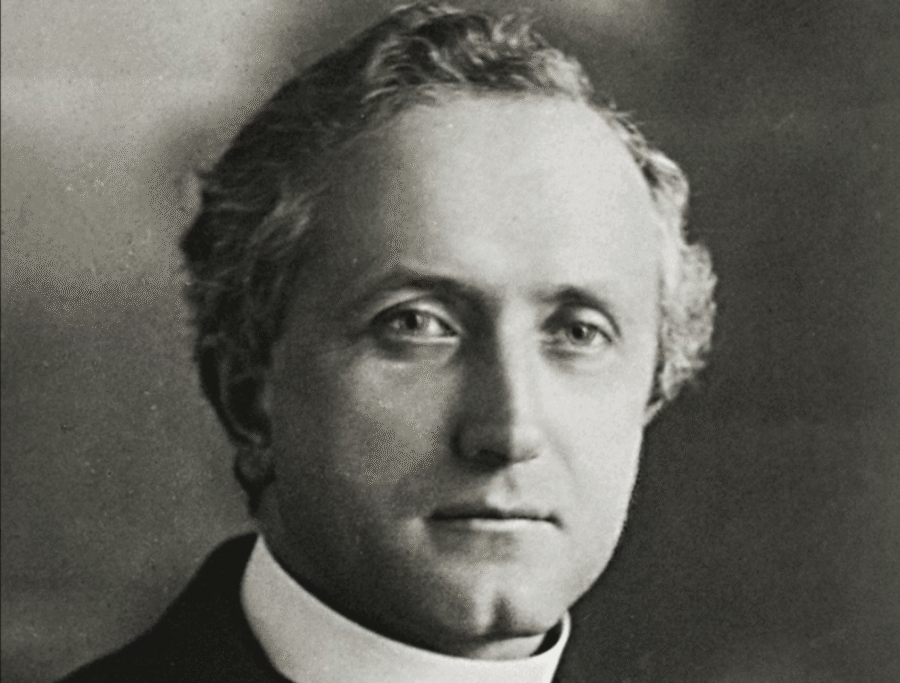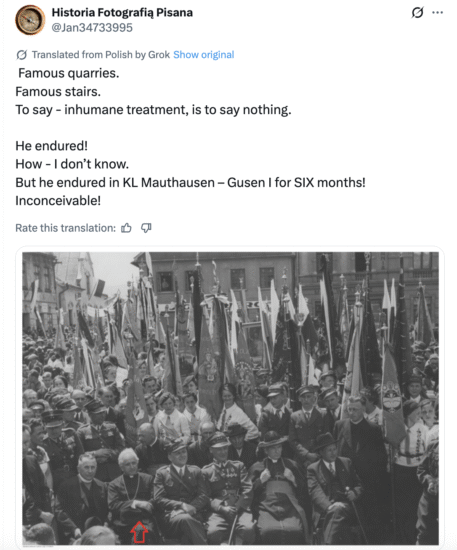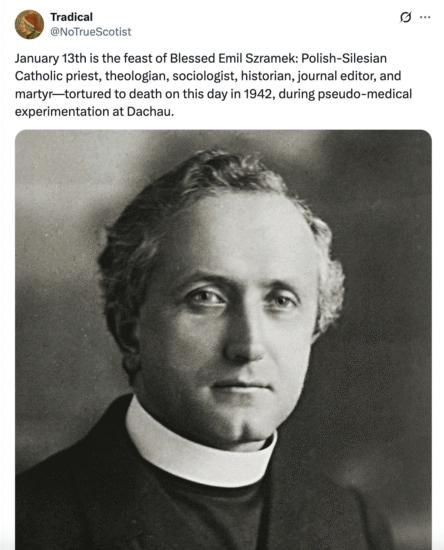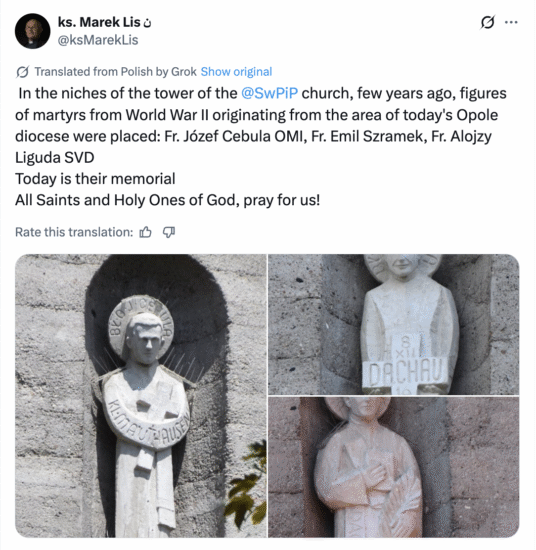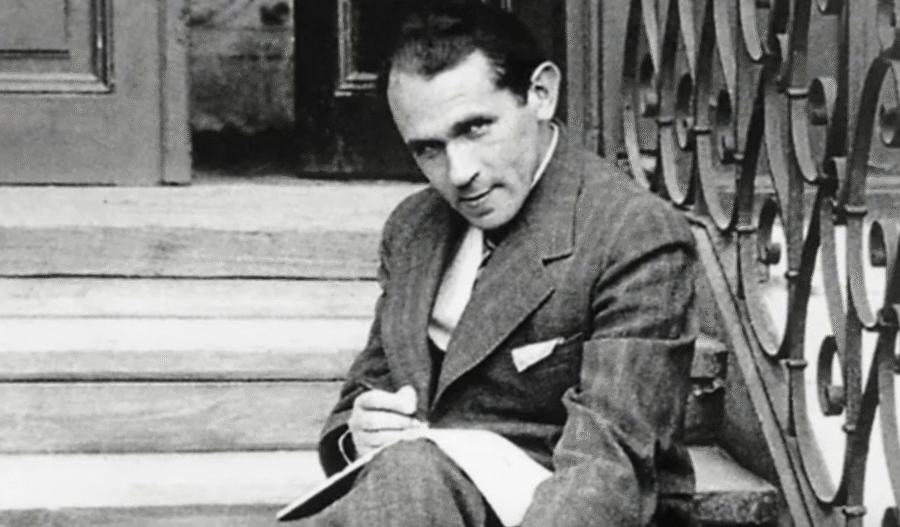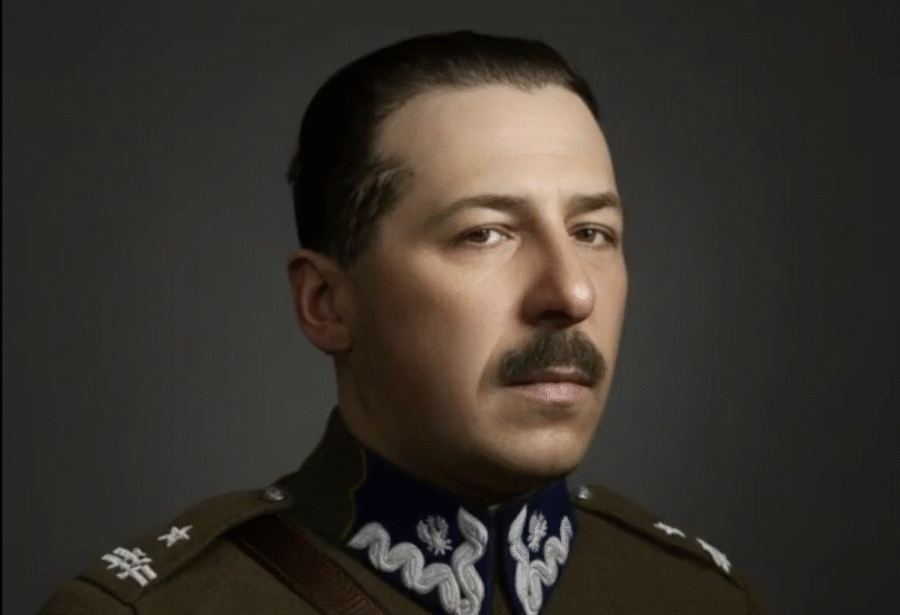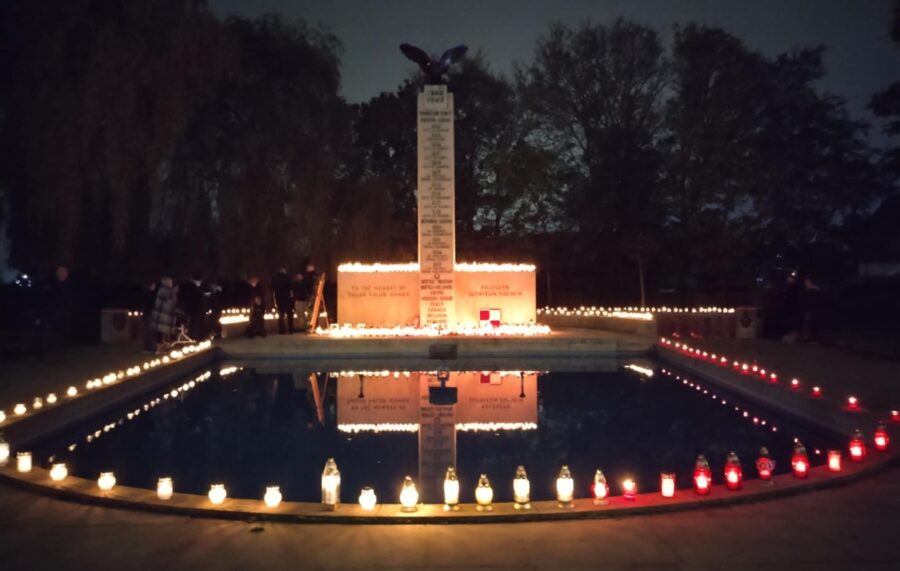Father Emil Michael Szramek (29 September 1887 – 13 January 1942) was a Polish Roman Catholic priest, scholar, cultural activist and martyr of the German Nazi regime, remembered today as one of the 108 Blessed Martyrs of World War II. He was born in the Silesian village of Tworków, near Racibórz, into a modest farming family. His father, Augustyn, left to seek work in the United States when Emil was still a boy, which left his mother, Józefa, to raise the children. It was she who instilled in him a deep sense of faith, moral duty and attachment to the land of his birth.
From a young age, Emil showed intellectual promise and discipline. He attended elementary school in Tworków and then continued at the gymnasium in Racibórz, where he was noted for both diligence and a natural interest in history and literature. After graduation, he chose to enter the seminary and study theology at the University of Wrocław. In 1911, he was ordained a priest by Cardinal Georg Kopp.
His first years in ministry took him to Miechowice, near Bytom, and then to Tychy, where he worked with Father Jan Kapica, a well-known figure in the Polish national and religious movement in Upper Silesia. At the same time, he pursued scholarly work, producing a doctoral dissertation on the Collegiate Church of the Holy Cross in Opole under the supervision of Professor Józef Jungnitz. This combination of pastoral duties and academic interests characterised his life. He believed that a priest should not only lead the faithful in prayer but also preserve the cultural and historical identity of his people.
Szramek quickly became a prominent figure in Silesian public life. He was a founder of the Saint Hyacinth Society of Education in Silesia, which promoted Polish schooling and culture at a time when the region’s identity was contested. He contributed to Catholic and patriotic periodicals, including Głosy znad Odry, where he defended the right of Silesians to use their mother tongue in public life and resisted attempts to Germanise education.
His engagement reflected a wider movement of clergy who saw the defence of the Polish language and traditions as integral to their pastoral mission.
After the First World War and the re-establishment of Poland’s independence, the ecclesiastical situation in Upper Silesia changed dramatically. With the creation of the Apostolic Administration of Upper Silesia, Szramek was appointed chancellor of the new curia, a role that placed him at the heart of organisational efforts to build up diocesan life. When the Diocese of Katowice was established, he became a member of the cathedral chapter and, in 1926, was entrusted with the large urban parish of the Immaculate Conception in Katowice.
This parish presented particular challenges, as it was situated in a city marked by tensions between Polish and German communities, between industrial workers and more established residents. Szramek navigated these difficulties with prudence, combining pastoral zeal with a determination to strengthen Polish Catholic identity without excluding German-speaking Catholics from parish life.
Beyond parish ministry, he was a cultural patron. He collected books, manuscripts and works of art, and supported church decoration and architecture. He was convinced that beauty, learning and faith were closely linked, and that the Church had a duty to be a guardian of heritage as well as a guide for souls. His personal library became a resource for students and intellectuals, and his friendships extended across scholarly circles.
The outbreak of the Second World War in September 1939 brought catastrophe. Katowice was annexed to the Third Reich, and Polish priests and activists were among the first targets of the occupying authorities. Szramek was soon identified as a figure to be silenced. In late 1939, he was ordered by the Gestapo to stop preaching and to leave his parish.
He protested against the order, writing appeals to both church authorities and German officials, demonstrating courage and integrity. His resistance led to his arrest. On 8 April 1940, he was detained by the Gestapo, allowed briefly to celebrate Mass before being taken away.
He was imprisoned first in Katowice, then transferred to Dachau concentration camp, which had become the principal site of imprisonment for Catholic clergy from across occupied Europe. Conditions in Dachau were brutal: forced labour, inadequate food, disease and systematic humiliation were daily realities.
Father Szramek endured these trials with deep faith, sustaining others through prayer and quiet encouragement. Testimonies from fellow prisoners recall his inner strength and dignity. Towards the end of his life, he suffered from a high fever but was subjected to further torment. According to accounts, he was forced to stand under icy water until he collapsed. He died on 13 January 1942, aged 54, having given his life in fidelity to his vocation and his people.
Father Emil Szramek’s sacrifice was recognised by the Catholic Church when Pope John Paul II beatified him in Warsaw on 13 June 1999, together with 107 other martyrs of the Second World War. His beatification acknowledged not only his personal holiness and martyrdom but also the wider witness of clergy and laypeople who suffered for their faith and national identity under German Nazi persecution.
Szramek remains a symbol of courage, learning and loyalty to both faith and culture. His life shows the integration of pastoral care, scholarship and patriotism, and his death demonstrates the cost of fidelity in times of oppression. Today, his memory is honoured in Silesia and throughout Poland, not only as a priest who defended his people but also as a Christian who remained steadfast to the end.
Source: Parafia św. Józefa Kalisz
Photo: @NoTrueScotist
Tomasz Modrzejewski


